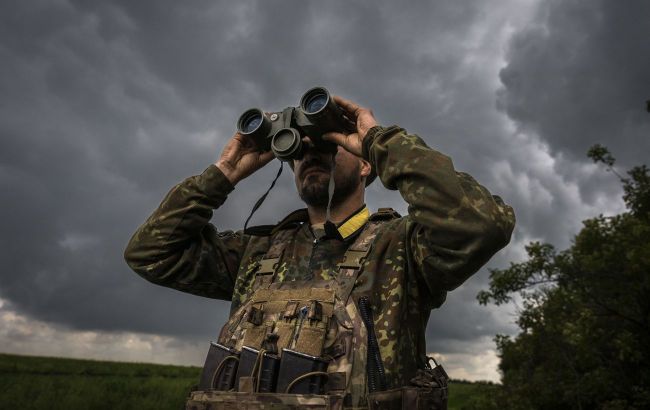Battles in the Kupiansk direction: Military expert explains Kupiansk and Bakhmut battles differences
 Illustrative photo (Photo: Getty Images)
Illustrative photo (Photo: Getty Images)
Russians are attempting to advance in the Kupiansk direction, and their propaganda draws parallels with the battle for Bakhmut. However, they differ from each other for a number of reasons, the military-political expert of the "Information Resistance" group, Oleksandr Kovalenko, explains.
Why is the enemy attempting to attack in the Kupiansk direction
Military-political observer of the "Information Resistance" group, Oleksandr Kovalenko, explains that the offensive in the Kupiansk and Borova direction is a kind of demonstration. The enemy doesn't possess a serious offensive potential here, and they are well aware of this fact.
"They need to divert attention. There's a reason why the propaganda started calling Kupiansk the second Bakhmut. They claim that there are only 7 km left to the city, which they somehow spotted from some direction. But the question is different – how far did they advance these 7 km, for example, towards Bakhmut?" the expert says.
According to him, at first glance, the concentration near Kupiansk might seem significant, but it's insufficient to actually capture the city. He explains that the Russians are building up hype around Bakhmut in anticipation of another epic battle, even though in reality, the offensive on Kupiansk is nothing more than an imitation.
"Among other things, to convince their domestic audience that they can afford to launch offensives at all," the expert says.
"Human wave attack" tactics
According to the American Institute for the Study of War (ISW), assault squads are attached to various units. Typically, they consist of around 100 individuals divided into groups for assault, fire support, reconnaissance, and so on. Each of these squads undergoes up to 15 days of training before being deployed to the front.
The fact that Russia is employing "human wave attack" tactics with the help of conscripts is not new news. It has previously demonstrated its effectiveness in the areas around Severodonetsk, Lysychansk, Popasna, Soledar, and, of course, Bakhmut.
Certain similarities can be observed in the way combat operations are conducted. Today, Serhii Cherevatyi states that to some extent, the enemy is repeating the Bakhmut tactics in the Kupiansk direction.
How do battles in the Kupiansk direction differ from the battle of Bakhmut
The similarities between what is happening near Kupiansk end there, and expert Oleksandr Kovalenko generally considers these situations to be completely different.
According to him, firstly, they differ in the types of Ukrainian defensive lines; secondly, the landscape situation is somewhat different, and thirdly, different forces and means are concentrated.
"Moreover, the Russian offensive on Bakhmut began when they truly had the potential for it. Then it gradually decreased, and we saw how they crawled forward, expending enormous resources in the process," he adds.
Kovalenko explains that they could still make advances now, but it would be a challenging task because there is a very dense defense there, which was started to be built as early as the autumn of 2022.

